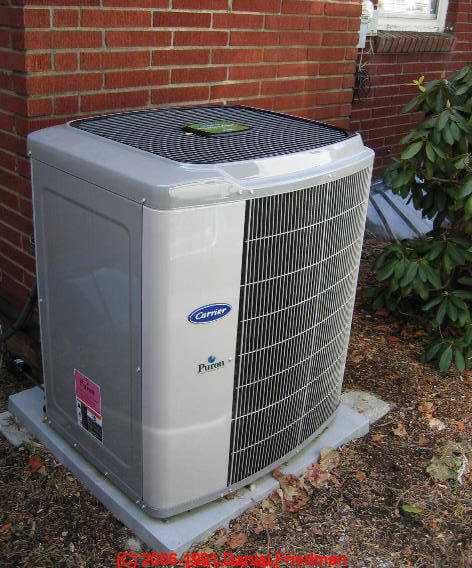The thermal response of the roof with intermittent stepwise spraying variation is modeled by introducing an equivalent fictitious temperature that accounts for meteorological conditions roof to sky radiation and evaporative effects during roof wetted periods.
Roof cooling with intermittent water sprays.
At its lowest tech a roof misting system can be little more than a garden hose set to the mist setting and aimed across the roof.
Cooling with liquid water running off from a sprinkler is not efficient but evaporative cooling from a small amount of water like a periodic sprinkle is very efficient.
Yes water on the roof will help cool it.
The majority of time older homes do not have enough roof vents to help cool the attic in summer.
Evaporative cooling technologies such as mist spraying sprinkling of roofs and water spraying onto air conditioner outdoor units were taken up as environment measures for an investigative study.
This effect creates an effect equivalent of r 7 roof insulation during the day.
1 gallon of water consumes 8000 btu as it evaporates.
Also called an evaporative cooling system a roof misting system lowers surface temperatures by spraying an extremely small amount of water across the roof allowing the water to cool the roof as it evaporates.
Demonstrative experiments using an apartment house confirmed that mist spraying at windows and roof top water.
Heat is now transferred out of the building through the roof.
These systems provide cooling by spraying water on the roof surface.
There should be 1 square foot of vent for every 300 square feet of floor space.
Typical of many cooling or heat gain prevention strategies being employed on innovative buildings in warm climates evaporative spray roof cooling esrc systems not to be confused with roof.
The effect of intermittent spraying of a building s roof on the cooling load of the building is investigated.
One study indicates that water use is around 100 gallons per day per 1000 sqft of roof area.
Roof cooling with simple way can make it with yourself.
The water evaporates and cools the surface.
An evaporative roof cooling system is designed to reduce the temperature of a roof from 165 f to about 90 f.
This cooling reverses the heat flow through the roof.









